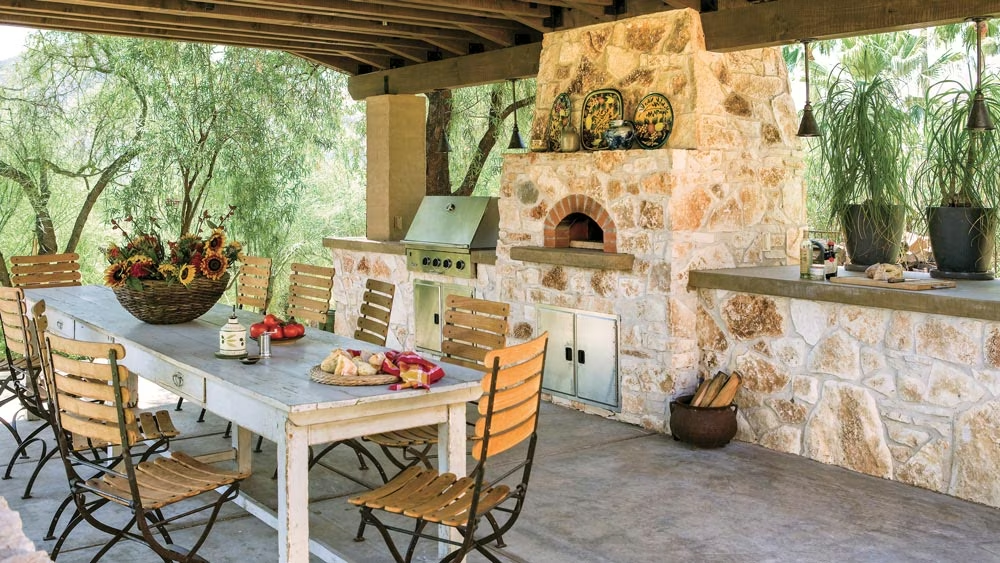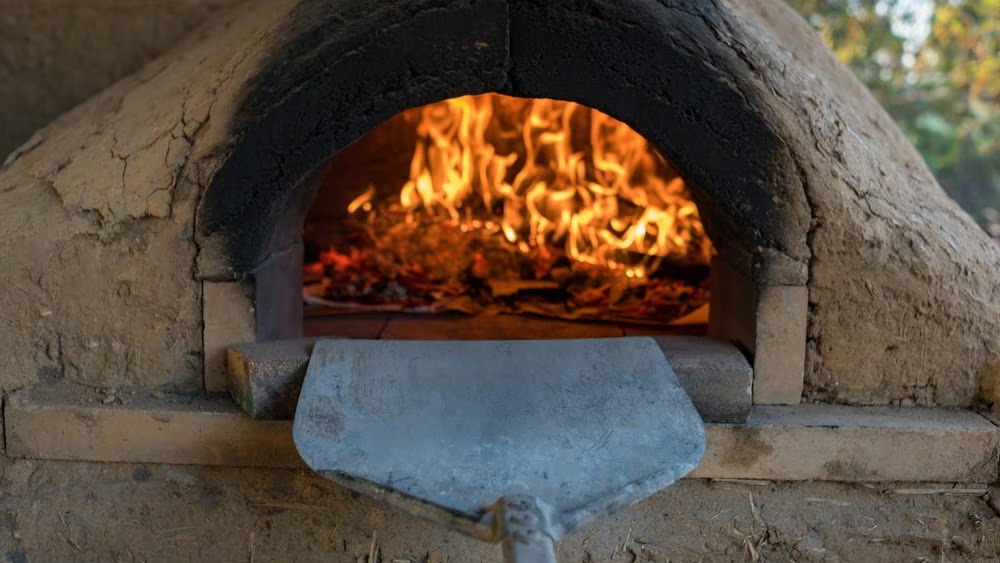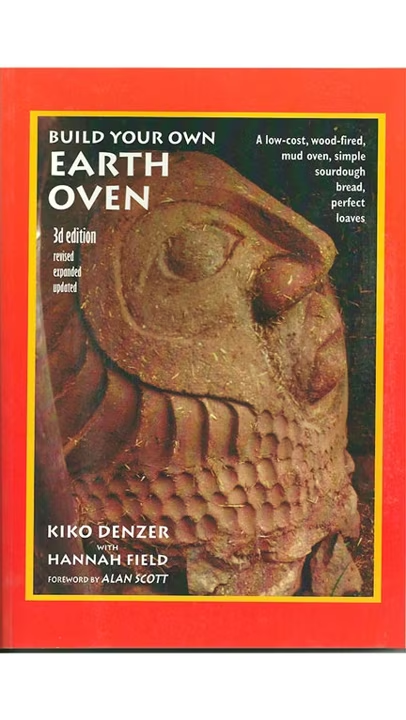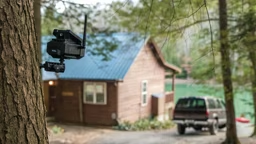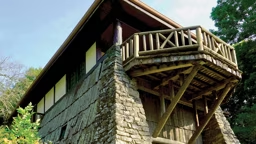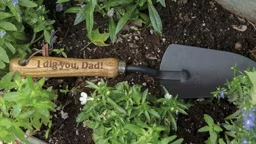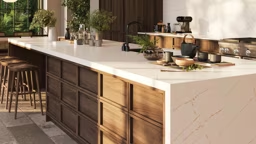In a small-scale home, where kitchen space is limited, preparing gourmet meals can feel out of reach. But that doesn’t need to be the case. Installing an outdoor oven in your backyard can greatly expand your cooking and entertaining capabilities (and result in some of the most delicious pizza, bread and baked goods you’ve ever tasted). Here are three main questions to consider as you plan your own.
1. Prefab or site-built?
If a traditional Italian brick oven is what you fancy, you’d do well to have a professional mason design and install the unit to ensure it functions properly and looks beautiful.
However, if you have even some basic masonry skills, you can construct a cob (or earth) oven, which is a small dome made of clay, sand and straw, yourself.
To start, a cob oven should be raised off the ground on a brick or cinder block foundation both for safety and stability, as well as to position the opening at a convenient cooking height. Then you’ll need fire brick as a foundation for the oven base, followed by a mound that has an arched opening. The mound is formed with a mixture of sand and clay at a 3:1 ratio, applied to a moist, dome-shaped, hollow form (with a hole for a pipe chimney), and then covered with damp towels or newspaper to cure.
To use the cob oven, you simply burn wood to heat the oven’s masonry dome, remove the fire and then use the heat that has been absorbed into the walls to cook your food. Cob ovens can reach temps up to 700 degrees — perfect for cooking crispy pizza in the matter of minutes. For bread, make sure the temperature is closer to 400 degrees.
Don’t feel like a DIY project or balk at the idea of spending money on a mason? No sweat. There are many prefab models on the market, ranging from elaborate, decorative ovens to metal-barrel options created out of large drums.
2. Permanent or portable?
For maximum usability, outdoor ovens should be positioned close enough to the house to easily fetch supplies and ingredients, but far enough away to allow a sense of space and openness.
When you build an outdoor oven, site selection is important, because it’ll be a fairly permanent, long-term addition to your yard. But if you like the idea of using different spots on your property or stowing equipment away during the winter, consider an oven that’s mobile. Some pre-built ovens have wheels, and others are small enough to be picked up and moved from place to place on a whim.
3. Wood-fired or gas?
There’s plenty of charm with wood-fired outdoor ovens, and they’re a traditional, economical choice. But if you’re looking for speed and convenience, there are gas ovens that get you from prep to table quickly. The decision often comes down to what you want to cook the most, and how involved you want to be in the process.
Wood-fired ovens are perfect for slow-cooked dishes like roasts, as well as pizzas and breads, and you need to move the wood in the cooking chamber strategically, depending on the dish. These ovens are ideal for cooks who love the process of cooking and enjoy playing around with variables like cooking time.
Gas-powered ovens, much like grills, reach high temperatures faster and are easy to adjust. If you tend to prefer a speedy cooking process and more leisurely dining time, this might be the best option for you.
Much like any type of landscaping feature, an outdoor kitchen area can be as grand or as modest as you like — either way, an outdoor oven can add to the appeal of your property and give you one more space to relish in the good life.




